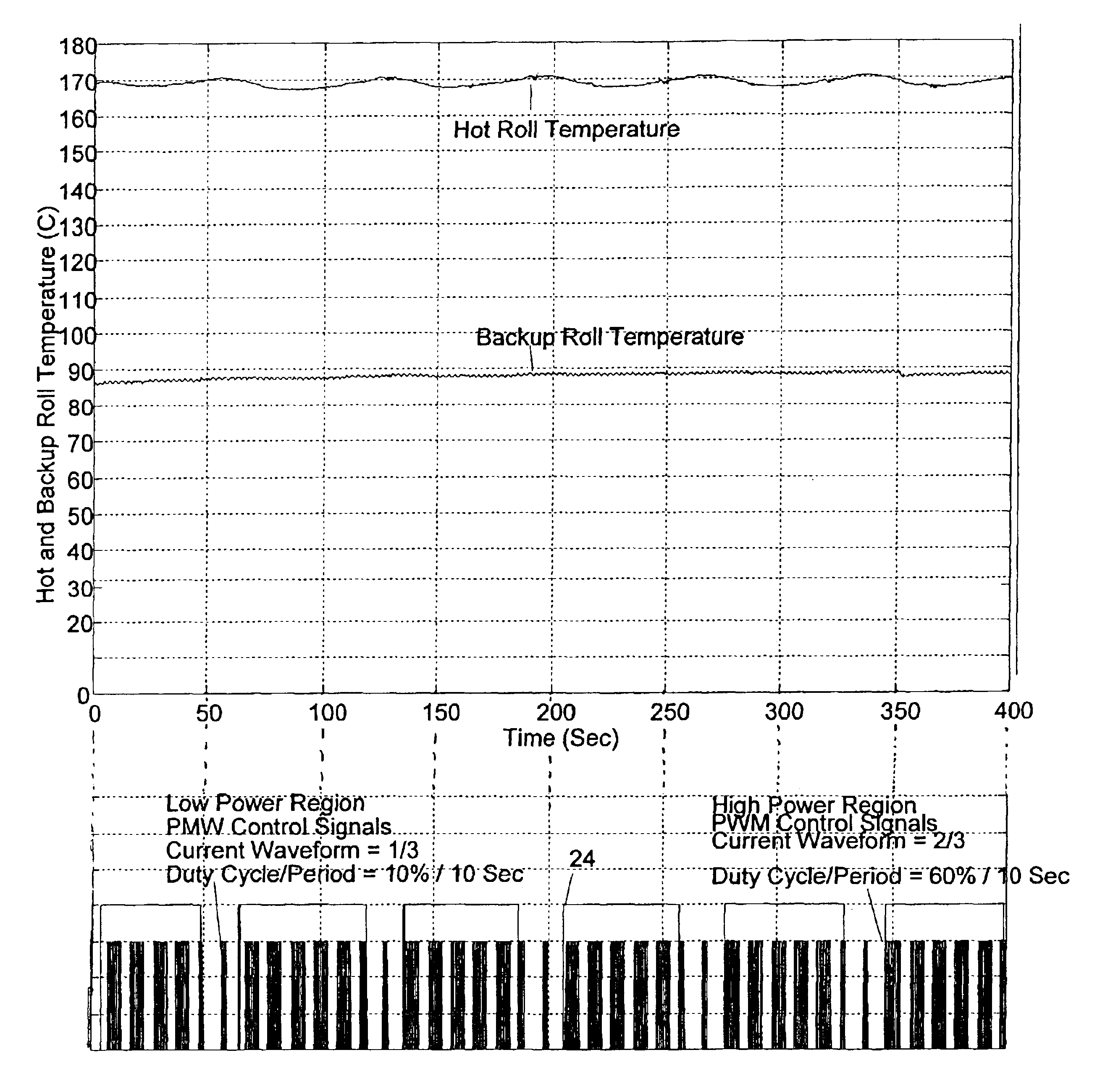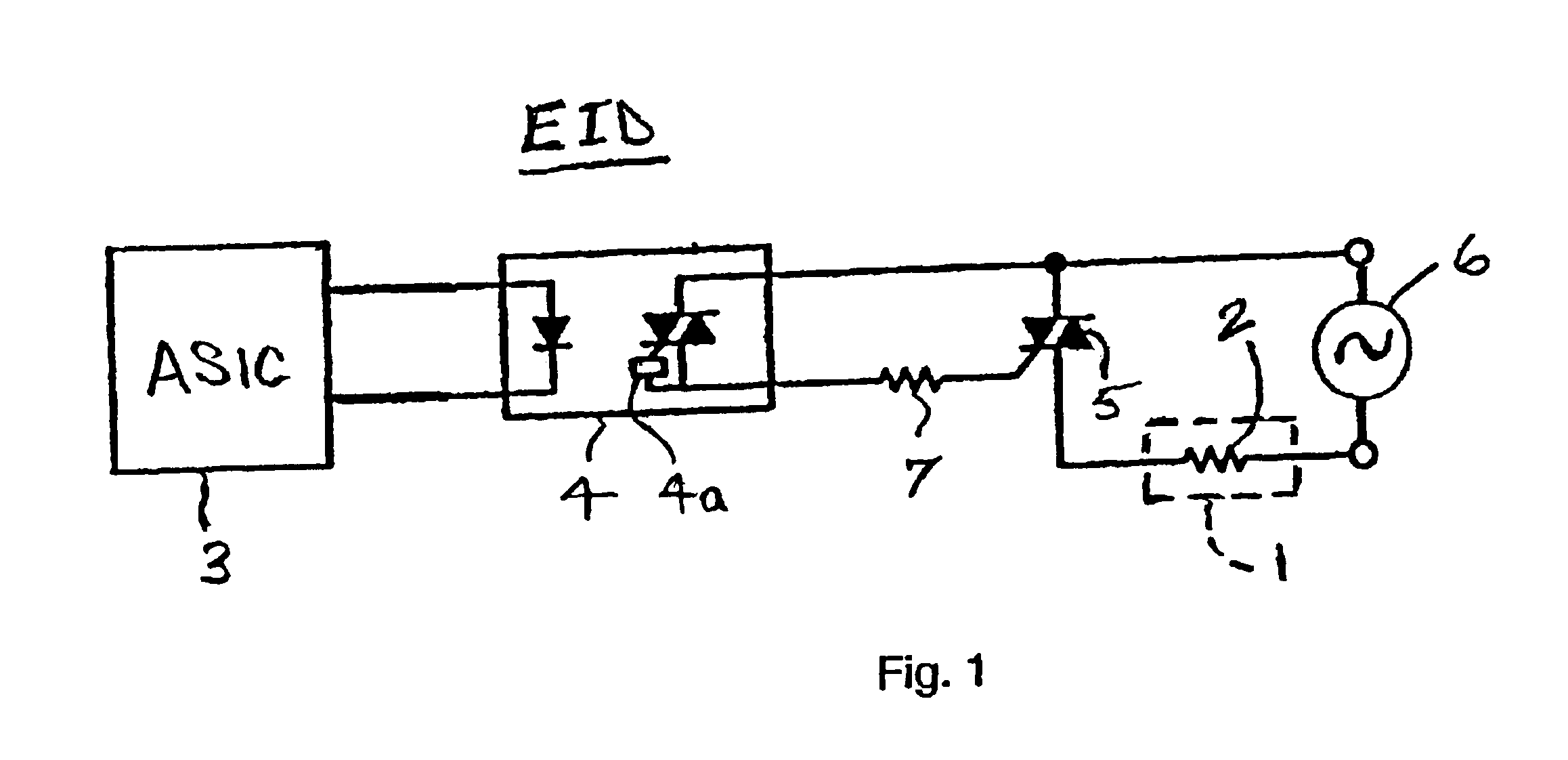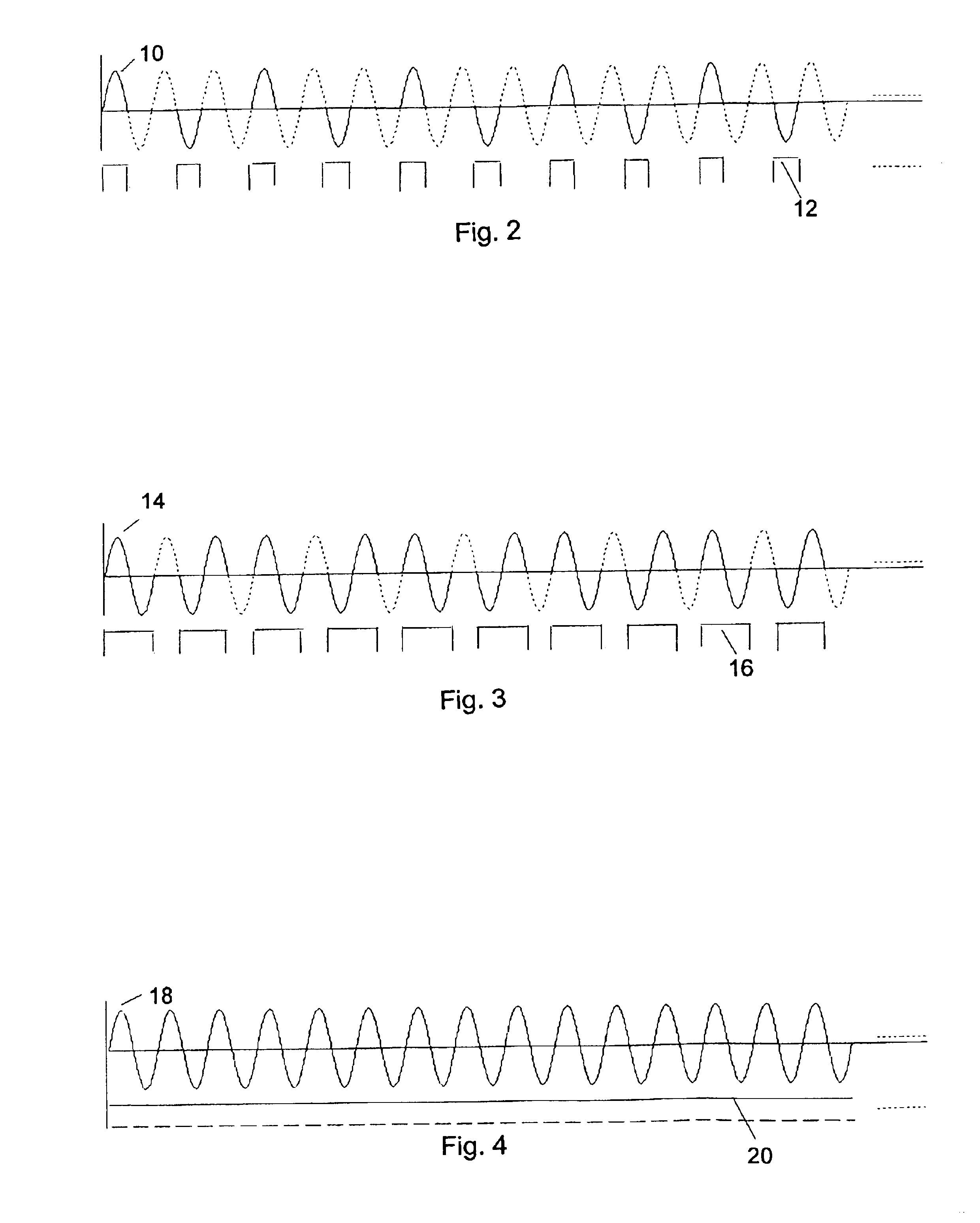Method and apparatus for controlling power to a heater element using dual pulse width modulation control
a technology of pulse width modulation and control method, which is applied in the direction of electrographic process, instruments, transportation and packaging, etc., can solve the problems of difficult operation of the heater element, difficult operation within a narrow temperature window, and design constraints, so as to improve the warm-up characteristics and improve the temperature control
- Summary
- Abstract
- Description
- Claims
- Application Information
AI Technical Summary
Benefits of technology
Problems solved by technology
Method used
Image
Examples
Embodiment Construction
[0031]The present application provides a method of controlling a high power heater element in an electrical device. As a non-limiting example presented for illustration of the operating principals of the present application, the electrical device may comprise a fuser 1 such as is provided in an electrophotographic imaging device (EID), a portion of which is shown in FIG. 1, and the high power heater element 2 may comprise a tungsten lamp or equivalent heater having a power rating in the range of approximately 800 W-1000 W. The heater element 2 is controlled from a controller 3 of the EID, illustrated as an application specific integrated circuit (ASIC). Signals generated by the controller 3 in accordance with the method of the present application are passed to a zero-cross optoisolator triac driver circuit 4 including a zero crossing circuit 4a, such as an MOC3163 commercially available from Fairchild Semiconductor, which drives a power triac 5 to connect AC power from a source of A...
PUM
 Login to View More
Login to View More Abstract
Description
Claims
Application Information
 Login to View More
Login to View More - R&D
- Intellectual Property
- Life Sciences
- Materials
- Tech Scout
- Unparalleled Data Quality
- Higher Quality Content
- 60% Fewer Hallucinations
Browse by: Latest US Patents, China's latest patents, Technical Efficacy Thesaurus, Application Domain, Technology Topic, Popular Technical Reports.
© 2025 PatSnap. All rights reserved.Legal|Privacy policy|Modern Slavery Act Transparency Statement|Sitemap|About US| Contact US: help@patsnap.com



